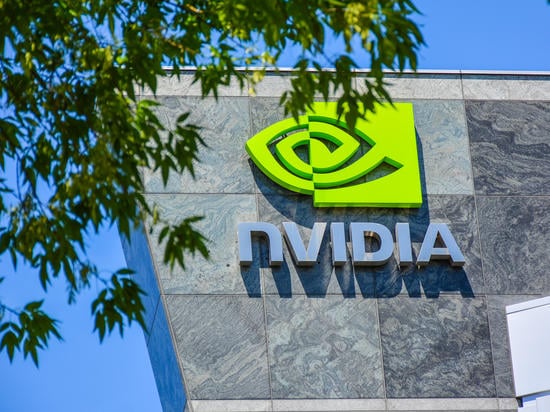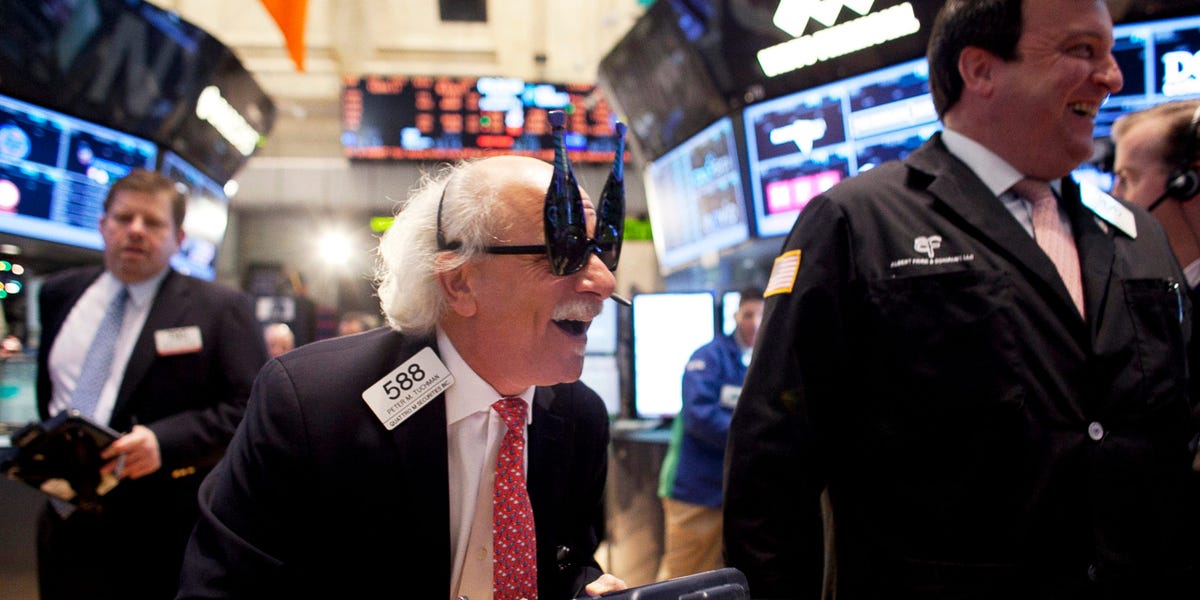Don’t expect a third banner year in a row for stocks in 2025, but don’t bet on a bearish victory either, wealth managers say.
The statistics show that the so-called “three-peat” is as rare in the stock market as it is in professional sports. History shows 2023 and 2024 were the first back-to-back years where the S&P 500 gained more than 20 percent in two and a half decades, with returns of 23 percent and 26 percent respectively.
Perhaps that’s why it’s so hard to find a Wall Street strategist calling for a more than 20 percent gain in the S&P 500 in 2025. The median S&P 500 year-end price target on Wall Street is 6600, according to Marketwatch, which is about 11 percent higher than its current level of 5918. The highest prediction of any investment house on record is 7100 by Oppenheimer Asset Management, just below that 20 percent, three-peat threshold.
That said, it’s almost equally difficult to find financial advisors and fund managers predicting a down year ahead. In fact, they have displayed a remarkable, and fairly uniform, ability to beat down the most bearish arguments heading into this new year.
Todd Ahlsten, CIO of Parnassus Investments, for example, says the fact that a mere seven stocks comprise slightly over 30 percent of the S&P 500 will not prevent the index from finishing in the black in 2025. He expects the market’s gains to broaden in the coming year, primarily due to earnings growth.
“You’re seeing accelerating earnings in the non-Mag 7, and the Mag 7 is going to have some decelerating earnings,” Ahlsten said. “So you have the cheap stocks with growing earnings and the more expensive Mag 7 decelerating earnings. And that’s a good setup for next year.”
Ahlsten also disagrees with the bearish case that the AI boom, which has been a bullish accelerant for stocks the past two years, is overblown and will dissipate in 2025.
“I think AI is real,” he said. “If you look companies like Salesforce (Ticker: CRM) out there saying, ‘we’re going to sell a huge digital labor workforce.’ So we think it’s real, but it’s going to shift from the enablers like Nvidia (Ticker: NVDA) to the adopters and providers. So we think it’s going to broaden.”
Sid Vaidya, US chief investment strategist at TD Wealth, meanwhile, said there will be “reasons for investors to cheer this year, but the celebrations will be a little bit more muted.” He views Trump’s tariffs and stricter immigration policies as potential headwinds. Nevertheless, he feels they will be more than offset by the tailwinds of tax cut extensions and increased M&A.
Vaidya also dismisses the idea that the recent spike in bond yields with the 10-Year Treasury now yielding above 4.6 percent will steal money from stocks going forward.
“For fixed income, we are expecting low-to-mid-single digit returns this year,” Vaidya said. “Equities will be a little bit more than that. But it is important to have fixed income and portfolios. And they will always have a place for an investor.”
Another bear argument is that creeping inflation, as evidenced by rising bond yields as well as a hotter than expected 3 percent November PPI report, will stall stocks in 2025. Nevertheless, Shannon Saccocia, CIO of Neuberger Berman Private Wealth, however, does not think inflation will do the damage some doomsayers predict.
“We don’t anticipate that goods deflation will be as additive as it has been,” Saccocia said. “However, we do think that inflation continues to trend down through 2025, although not down to the 2 percent target the Fed is thinking about.”
Finally, Callie Cox, chief market strategist at Ritholtz Wealth Management, sees the strong economy and its impact on stocks as the primary counter to any bear case, especially the one that says all good things must come to an end.
“Bull markets end when the economy crashes, and I don’t think we’re anywhere close to the economy crashing right now,” Cox said. “You have to look at the job market. People are still able to get jobs, and the unemployment rate is still relatively low. So that makes us feel pretty confident that profits could grow here, economic growth could increase, and the bull market could stay intact.”




